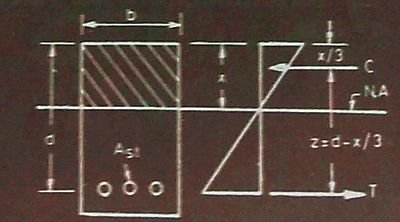To say that bath spaces have changes would be an understatement. The enormous sophistication in the range of bath products and the change in the way people look at the space, has attracted several international players into the Indian markets, witha slew of technologically advanced and designed products.

The new trendy bathroom designs are making use of lot of wood furniture into the bathroom. Various companies are into the race for designing the furniture specifically for the application area and is resistant to both water and humidity.
Wood surfaces act as a link between the bathroom as a space and its diverse range of elements. When fitted with panelling, drawers or shelves, washbasin, bathtubs and shower trays become items of furniture in their own right. These elements can also be complemented by wall cabinets with valuable storage space, bathrooms are currently in a period of transition.



